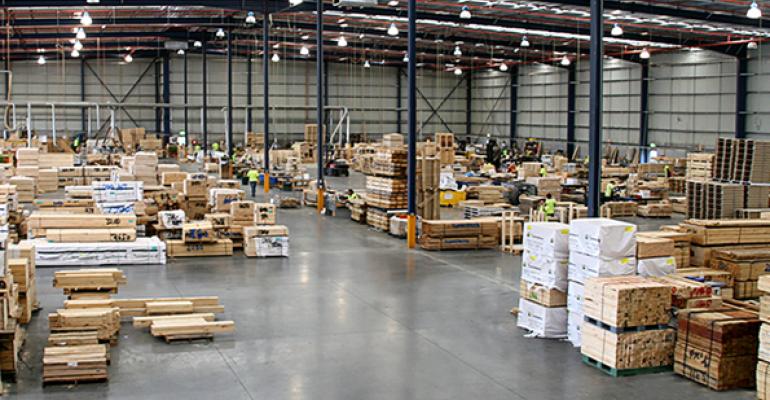Over the last few years, investor interest in industrial real estate has risen to a fever pitch.
Rent growth and cap rate compression are propelling investor interest in industrial properties, according to David Bitner, head of Americas capital markets research with real estate services firm Cushman & Wakefield. He notes that industrial asset values, including capital and appreciation, grew by 13.1 percent in 2017 alone, compared to 7.0 percent overall for all other commercial real estate sectors.
Nationally, the average cap rate on deals involving industrial assets is 5.4 percent for class-A+ product, down from 5.6 percent in mid-2017. That figure, however, is significantly lower in gateway and popular secondary markets. According to a Cushman & Wakefield ‘s latest survey, the cap rate is just 3.8 percent in Los Angeles, the Inland Empire and Orange County, Calif. and 4.0 percent in Seattle.
“With strong demand in primary markets, there’s been a shift (by investors) to development,” Bitner notes. “While we’re seeing a step-up in construction, over time it will slow down, because developers are running out of land.”
The gap between new supply and demand narrowed in the first quarter of 2018, with 32 million sq. ft. of new space completed. The new supply has been rapidly absorbed by users—particularly e-commerce companies—in the race to claim modern distribution space, but still was not enough to satisfy new demand, which totaled 42 million sq. ft.
“Sentiment is so strong for industrial, investors are willing to pay the low cap rates,” Bitner says, pointing out that institutional and foreign investors remain active in primary markets, but high pricing and low yields have forced most private investors out. Institutional investors are willing to pay high prices for low-yield real estate because they are in for the long term and view these investments from a portfolio standpoint, he notes. In fact, “for every $1 invested, there’s $5 chasing it,” Bitner says.
He adds that institutional and foreign investors still gravitate toward eight or nine gateway markets, but he expects to see more liquidity for industrial deals in secondary and tertiary markets in the coming years. The trend already seemed underway in 2017. A report from real estate services firm CBRE noted that in the first quarter warehouse space availability tightened in secondary and tertiary markets.
Mark Glagola, senior managing director with real estate services firm Transwestern, cites Las Vegas, Phoenix and Salt Lake City as secondary markets with attractive industrial fundamentals in the West, Pennsylvania’s Lehigh Valley I-78 corridor in the East, as well as Denver and Indianapolis.
With the current real estate cycle already moving beyond the typical 10 years, investors may wonder when the boom will wind down. Both Bitner and Glagola say the sector still has leg room, at least for another two to three years.
“I personally think commercial real estate is undergoing a paradigm shift,” notes Glagola. “Demand will remain strong, certainly for a couple more years, and I think there’s still opportunities for more upside.” For an investor’s perspective, he concludes, “I wouldn’t be too spooked by the notion of cycle.”

